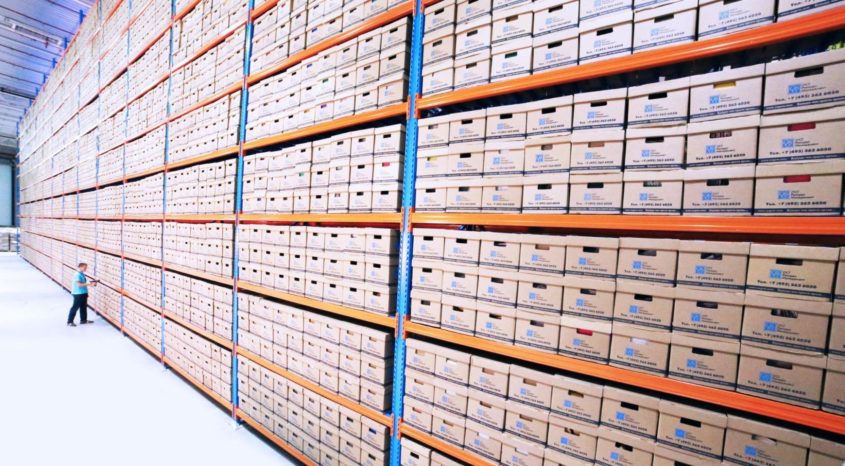Most consumers don’t make purchases on a whim. We decide to buy something only after careful thought and consideration, and the slightest barrier to purchase can become a huge obstacle that sees a potential sale lost.
We are constantly trying to find reasons why we shouldn’t purchase a product, so your job as a retailer is to make the transaction journey as smooth as possible, ensuring visitors to your online store or marketplace become customers.
Here are my thoughts on the three major obstacles that are commonly responsible for stifling your conversation rate, as well as advice on how to break down those barriers to increase conversions.
1. Give me NOW
Speed and convenience now defines an optimal shopping experience for the majority of buyers.
Consider this: one in three consumers would choose a high street retailer that offers same-day delivery over one that doesn’t. And almost eight in ten would switch from a retailer if it didn’t offer their preferred delivery method.
In this environment, it’s absolutely essential that you address convenience in the last mile of the customer journey. That means next or same day delivery must be a consideration – if you don’t offer it, it’s going to be an obstacle to conversion.
But to be able to offer that level of service, you must have the right systems in place, such as technology that allows you to automate workflows, like order management, inventory, fulfillment and integrated purchase ordering. Automation of workflows can provide retailers with the confidence and ability to execute on next day delivery.
Recent data also shows that almost two-thirds of consumers are willing to pay a premium to get their goods delivered the same day they ordered them, which could offer you another potential revenue stream from deliveries while providing the speed and convenience of service that consumers now expect.
2. Fast is good – free is better
Nobody likes feeling like they’re paying extra.
Here’s the point: it’s not really about saving money, it’s about the perception of saving money and feeling like you’ve snagged a deal. Customers now expect free shipping, with more than half of consumers abandoning a shopping cart because of delivery costs.
However, shipping isn’t ever free and someone has to absorb that cost. As a business you have to make the decision about whether you want to offer it.
In many cases consumers are willing to pay more for quick shipping, but overall, the shipping cost is the key conversion driver. To strike the right balancing act, you need to implement solutions (if you haven’t already) that offset shipping costs and support quick delivery.
And, for those of you who do offer free shipping, think about creating thresholds. Amazon does this very well for non-Prime members, for example, adding free shipping for orders over $20, encouraging the buyer to either pay for shipping, or increase the size of their purchase and thus contribute towards the shipping cost. It’s a strategy that may work well for those businesses who are concerned about the associated costs of free shipping.
Free delivery might support more conversions but you must do your due diligence before offering it; the major question being, “Can we afford it?”
A clear understanding of the cost of each product line and the margins you need to hit to be profitable are essential, but this can be difficult to keep track of, especially in a multichannel business with various sales channels.
You must have complete visibility over your entire business (ideally from a single platform), in order to make informed decisions, adjustments and to maximize performance. Without the right technology, it’s too easy to be left playing the guessing game, which could have disastrous effects on the bottom line.
3. Returns – keep them simple
As customer behavior is changing from one channel to another, the knock-on effect is that retailers are seeing more and more revenue come back after the sale. Today’s customer wants two things: a simple returns process and the option of free returns.
Returns are never free, so again, someone has to absorb that cost. Returns cost every ecommerce business money; not only are you refunding your customers, but you’re also dedicating resources to completing this task.
You must understand what your returns rate is. It’s not a good strategy to offer free returns without a clear view of the impact it will have on margins. Keep in mind that it can cost double the amount for a product to be returned to the supply chain as it does to deliver it.
If you can afford to offer free returns then it’s certainly something to consider. It’s a strategy that will impact on conversion as 79% of consumers want free return shipping. There is an important balancing act here between extra sales, and extra cost.
The best scenario, in my view, is to implement solutions, such as effective Warehouse Management Systems, that allow you to process returns efficiently without incurring additional resources and cost.
You need to consider systems that ensure the correct items are received back into inventory and placed back in the correct location within the warehouse. With speed and convenience being key for today’s consumer, you need a framework in place that allows returns to be processed quickly, accurately and easily, allowing you to get products back to market sooner.
By making the buying journey as smooth as possible, you can eliminate these three major barriers, among others, and turn those visitors into long-term customers and brand advocates.
This article originally appeared in Retail Sector.




